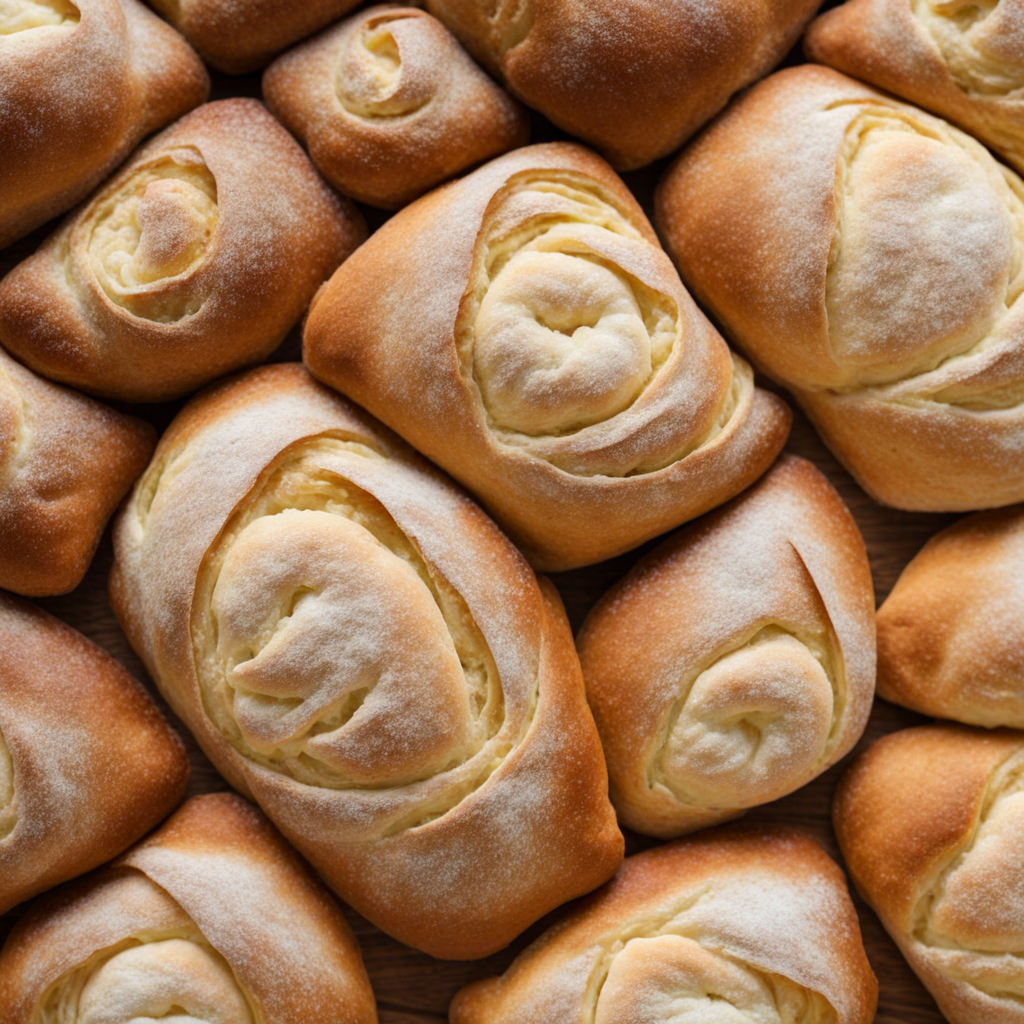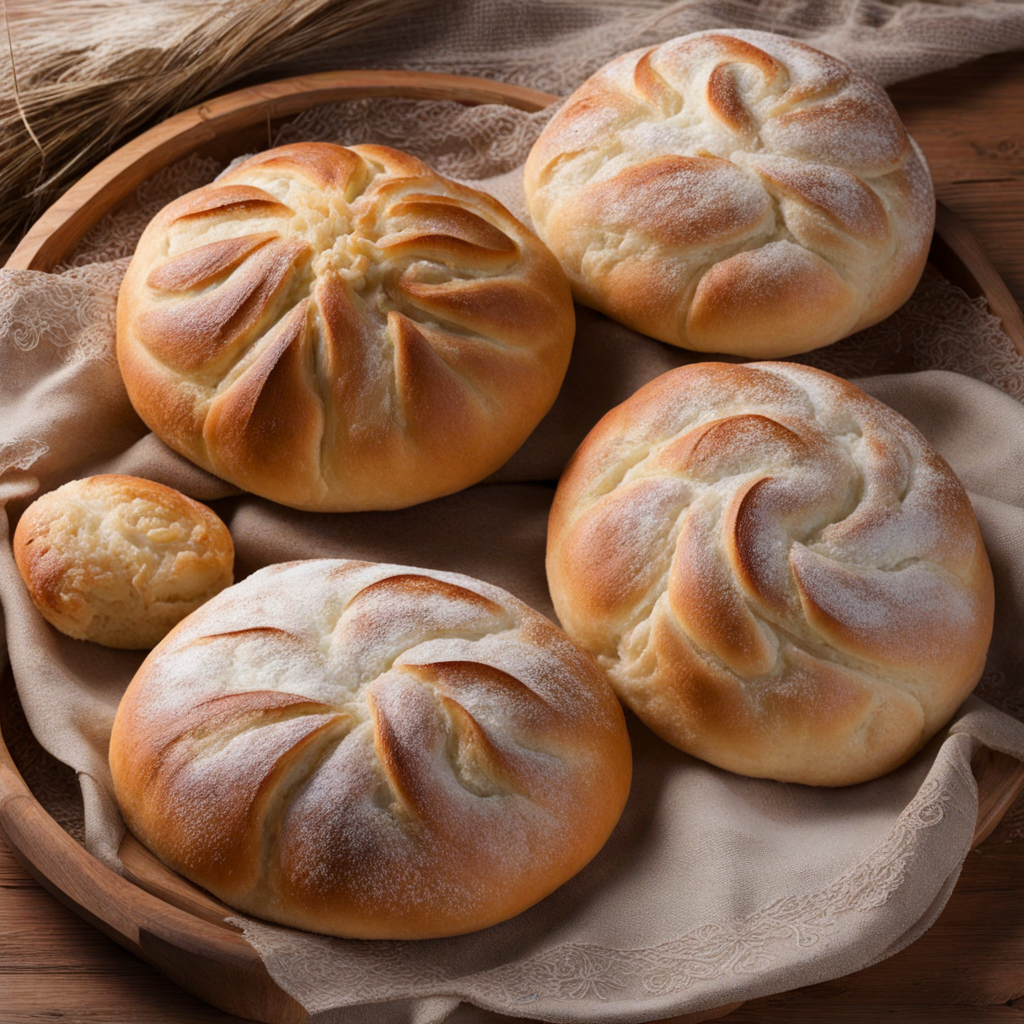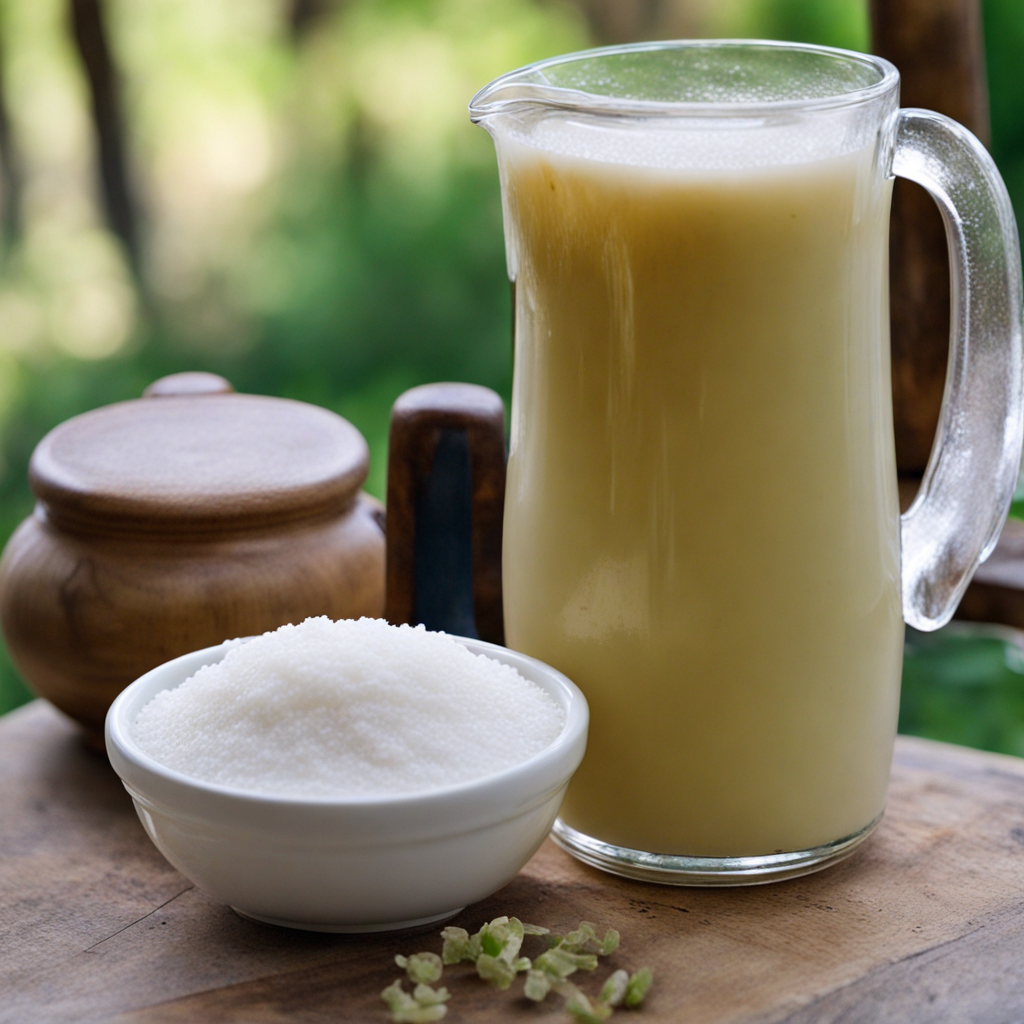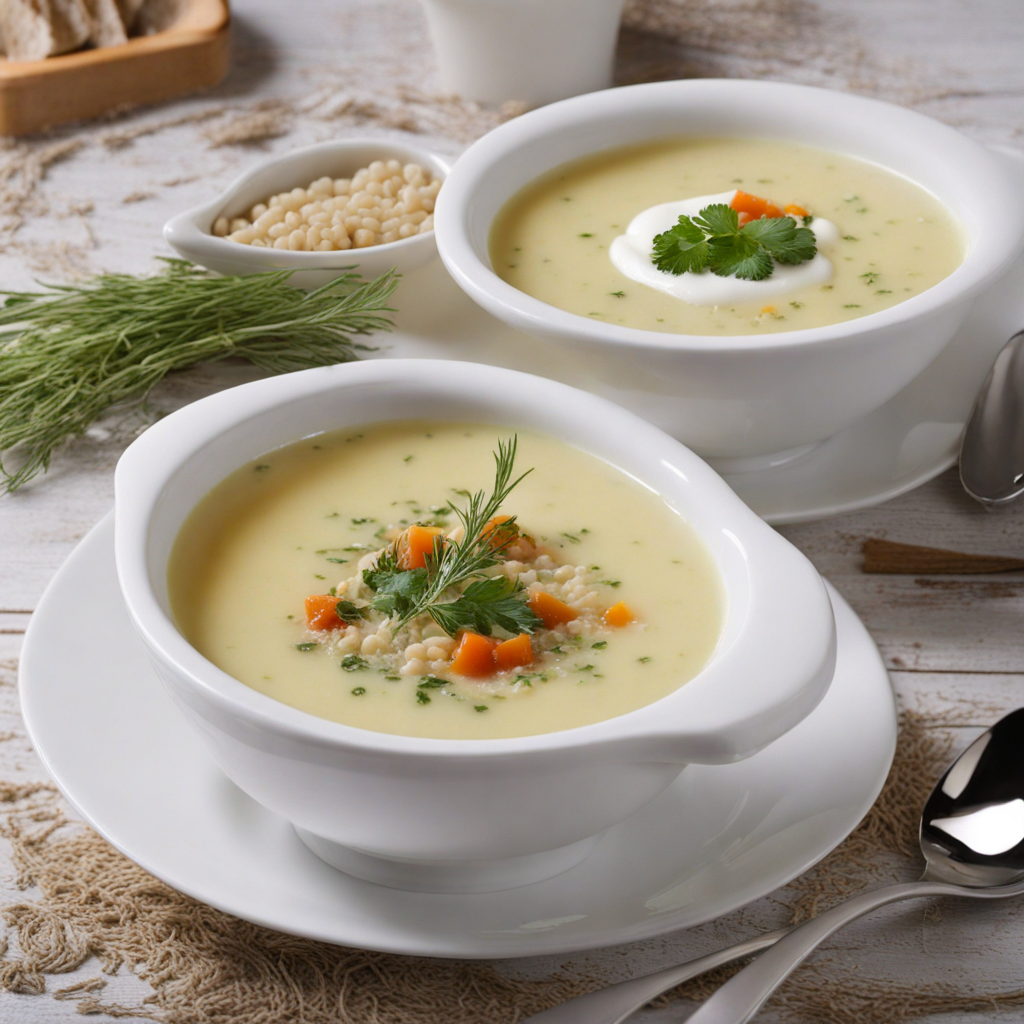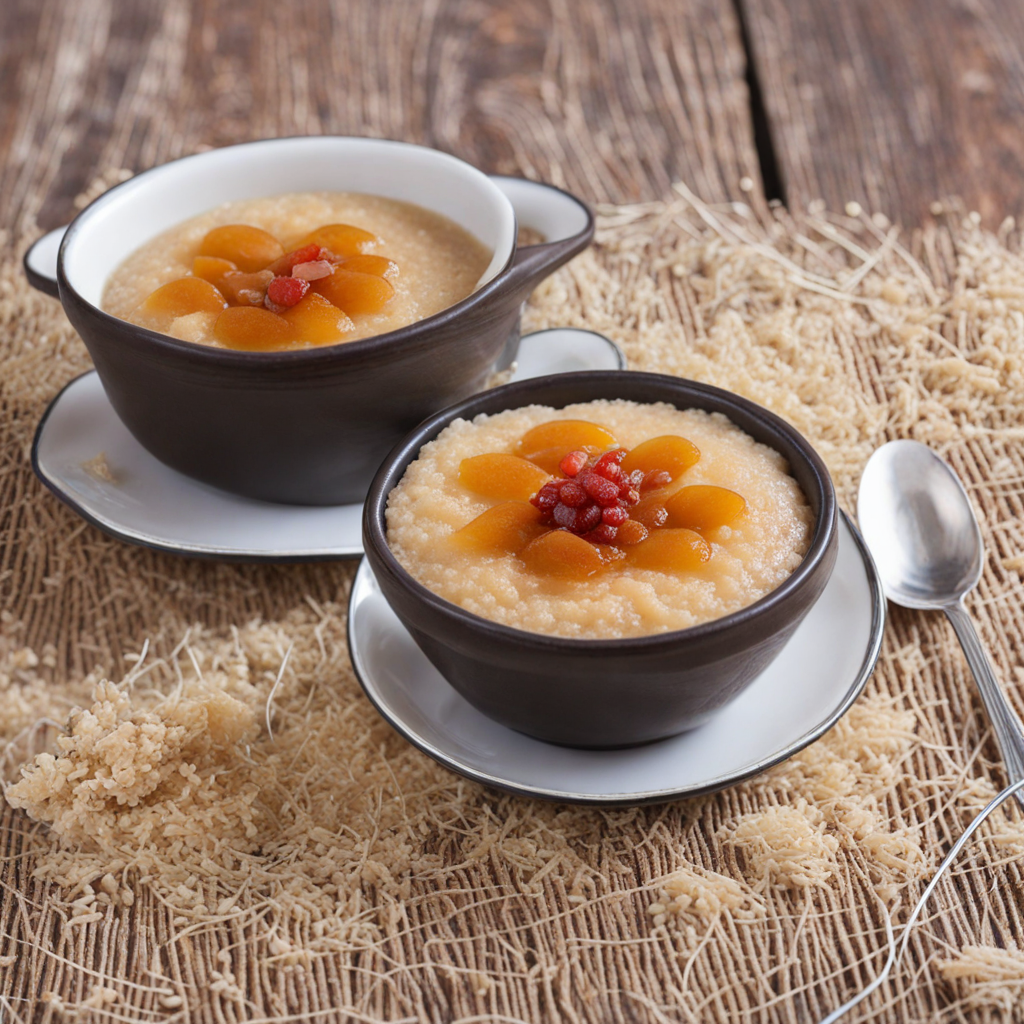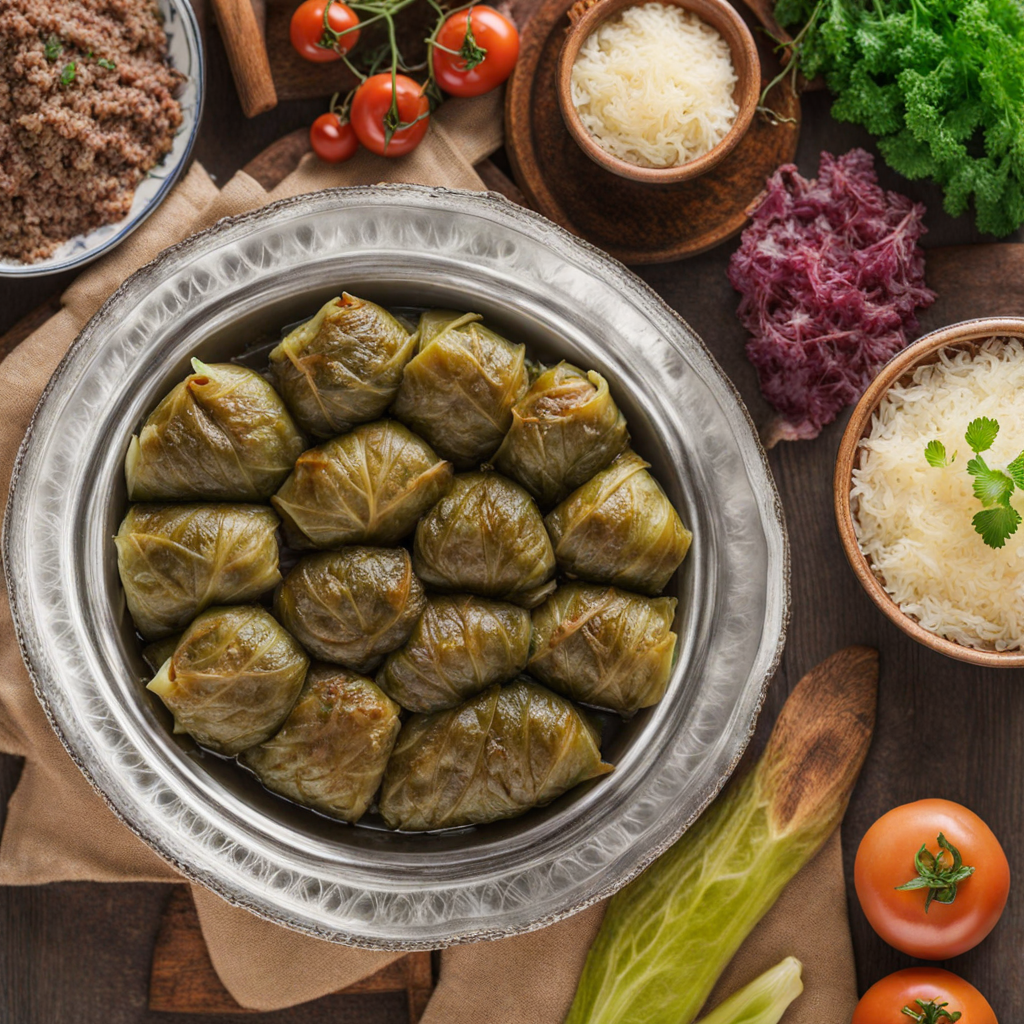Matnakash
Matnakash is a traditional Armenian bread that embodies the rich culinary heritage of the region. This distinctive flatbread is characterized by its slightly chewy texture and a golden-brown crust that is often adorned with unique patterns, typically formed by pressing the dough with fingers or a special tool before baking. The preparation of Matnakash involves simple ingredients: flour, water, salt, and yeast, yet the method of kneading and shaping the dough is where the magic happens, resulting in a bread that is both rustic and flavorful. When baked in a traditional tandoor oven, Matnakash develops a wonderful aroma and a delightful smokiness that elevates its taste. The bread's interior is soft and airy, making it an ideal companion for various dishes. In Armenian culture, Matnakash is often served warm, straight from the oven, and is used to scoop up stews, salads, or simply enjoyed with a spread of butter or cheese. Its versatility allows it to complement a wide range of flavors, from hearty to delicate, making it a staple at any Armenian table. Beyond its delightful taste, Matnakash also carries a sense of community and tradition. It is often baked during family gatherings and festive occasions, symbolizing unity and hospitality. Each bite of this bread not only offers a unique flavor experience but also connects you to the rich history and culture of Armenia. For anyone looking to explore new tastes, Matnakash is a must-try, inviting you to indulge in the warmth and comfort of Armenian cuisine.
How It Became This Dish
Origin of Մատնաքաշ The dish known as Մատնաքաշ (Matnakash) is a traditional Armenian flatbread that holds an esteemed place in the culinary heritage of Armenia. Its origins can be traced back to ancient times when bread-making was an essential practice among the Armenian people. The term "Matnakash" itself translates to "finger bread," a name derived from the unique method of shaping the dough by pressing it with fingers, creating distinct patterns that are both functional and decorative. Historically, the use of simple ingredients such as flour, water, salt, and yeast has been a cornerstone of Armenian bread-making. This simplicity reflects the agricultural practices of the region, where wheat was cultivated extensively. The bread was often baked in a traditional clay oven called a tonir, which adds a distinctive smoky flavor and chewy texture to Matnakash. The tonir is a vital part of Armenian culture, often found at the heart of family gatherings and community events, emphasizing the communal aspect of bread-making. \n\n Cultural Significance Matnakash is more than just a staple food; it embodies the essence of Armenian hospitality and tradition. It is commonly served during significant events such as weddings, holidays, and family celebrations. The bread's shape and texture make it ideal for tearing and sharing, fostering a sense of unity among diners. In many Armenian households, the act of baking Matnakash is a ritual that brings family members together, reinforcing bonds and traditions passed down through generations. The bread is often adorned with symbolic patterns, such as the cross or other motifs that represent local beliefs and customs. These designs are not merely decorative; they carry cultural significance, often invoking blessings and protection for the family. In rural areas of Armenia, it is customary to offer Matnakash to guests as a sign of respect and generosity, underscoring its role in social interactions. \n\n Development Over Time Over the years, Matnakash has evolved while maintaining its traditional roots. In the past, the bread was primarily made using hand-ground flour and natural leavening agents, reflecting the labor-intensive methods of early Armenian bakers. As technology advanced, so did the methods of bread-making. The introduction of mechanized milling and commercial yeast has allowed for greater efficiency and consistency in the production of Matnakash, making it more accessible to a broader audience. Despite these changes, many bakers, especially in rural communities, still adhere to age-old techniques, using locally sourced ingredients and traditional methods. Artisan bakers have emerged, reviving the craft of hand-kneading and baking in tonirs, ensuring that the authentic taste and texture of Matnakash endure. This resurgence has sparked interest in the broader culinary world, with many food enthusiasts seeking to experience the unique flavors of Armenian cuisine. \n\n Regional Variations While Matnakash is recognized as a classic Armenian bread, regional variations exist across Armenia and the Armenian diaspora. In some areas, bakers may incorporate different grains, such as barley or rye, to create unique flavors and textures. Additionally, variations in the baking method, such as the use of a stone oven or an electric oven, can lead to subtle differences in taste and appearance. In various Armenian communities around the world, particularly in countries with significant Armenian populations like Lebanon, Syria, and the United States, Matnakash has adapted to local tastes and ingredients. These adaptations often reflect the fusion of Armenian culinary traditions with those of the host country, creating a rich tapestry of flavors that maintain the essence of Matnakash while embracing new influences. \n\n Matnakash in Contemporary Cuisine In contemporary Armenian cuisine, Matnakash continues to be a cherished item, often served alongside a variety of dishes, from savory stews to fresh salads. Its versatility as both an accompaniment and a stand-alone dish makes it a staple on the dining table. Chefs in modern Armenian restaurants have begun to experiment with Matnakash, incorporating innovative toppings, such as herbs, spices, and even cheese, to elevate this traditional bread into a gourmet experience. Moreover, the global interest in artisan bread has brought Matnakash into the spotlight, with food lovers and culinary professionals seeking to understand and replicate its unique characteristics. Workshops and classes focused on traditional Armenian bread-making techniques have proliferated, allowing new generations to connect with their heritage and preserve this essential aspect of Armenian culture. \n\n Matnakash and Identity The significance of Matnakash extends beyond its culinary attributes; it serves as a symbol of Armenian identity and resilience. In the face of challenges, including the diaspora and cultural assimilation, the preservation of traditional foods like Matnakash has become an act of cultural pride. It represents a connection to the homeland, allowing Armenians around the world to celebrate their heritage through food. As Armenians continue to navigate the complexities of modern life, the act of baking and sharing Matnakash remains a powerful expression of cultural continuity and community. Events centered around Matnakash, such as bread festivals and cooking contests, have emerged, further solidifying its status as a vital part of Armenian cultural identity. \n\n Conclusion In conclusion, Matnakash is a remarkable representation of Armenian culinary tradition, embodying a rich history, cultural significance, and ongoing evolution. From its ancient origins to its contemporary adaptations, this beloved flatbread connects generations of Armenians with their roots and each other. As Matnakash continues to be enjoyed both in Armenia and around the world, it remains a delicious testament to the enduring nature of cultural heritage and the communal spirit of the Armenian people.
You may like
Discover local flavors from Armenia


